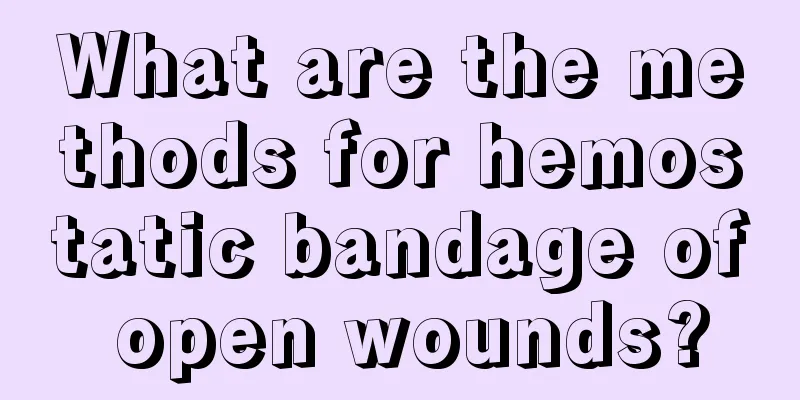What is the best way to treat tinea pedis

|
Tinea pedis is what we usually call athlete's foot, and there are different types, so the treatment must be symptomatic. For the dyshidrotic blister type or mild immersion erosion symptoms, you can use 1:6000 or 1:4000 potassium permanganate solution or 3% lead acetate solution for soaking or wet compress. (1) For patients with dyshidrotic eczema or mild maceration and erosion with a small amount of secretions, soak or wet compress the affected area with 1:6000 or 1:4000 potassium permanganate solution or 3% lead acetate solution every morning and evening for 20 to 30 minutes each time (the blisters can be punctured under sterile conditions), and wipe dry with a sterile cloth after soaking. Then choose the following agents for external application, such as benzoic acid/salicylic acid/iodine/potassium iodide/menthol (compound benzoic acid tincture), Castellan ointment, 5% ichthyol, 3% salicylic acid, 10% sulfur mud, or commercially available medicines, such as 2% clotrimazole cream, terbinafine cream, and bifonazole cream (choose any one), and use highly irritating agents with caution. (2) For erosive types with more exudate, the above-mentioned potassium permanganate solution or Daribo solution for soaking or wet compress can be used. For those with secondary bacterial infection, 0.1% ethacridine (Livanol) can be added as appropriate. After the exudation stops and the erosion surface is alleviated, the above-mentioned sweat blister mud paste, half-dose of Wyeth tincture or commercially available antifungal cream can be used. (3) The interdigital type can be treated in the same way as the dyshidrotic eczema type. (4) For the scaly and keratotic type, the disease course is long and treatment requires patience. Start with tinctures with strong antifungal and exfoliating effects (need stronger penetration), such as compound kelp bark tincture or full dose of benzoic acid/salicylic acid/iodine/potassium iodide/menthol (compound benzoic acid tincture). You can also soak your feet in 10% to 30% acetic acid for 20 to 30 minutes each time. After the hyperkeratosis is significantly reduced, switch to a relatively weaker ointment, such as half a dose of compound benzoic acid ointment or 10% to 20% urea ointment, to consolidate the therapeutic effect and restore normal skin barrier function. (5) Systemic treatment: For patients with poor response to local treatment or extensive skin lesions, short-term oral antifungal drugs such as itraconazole, fluconazole, terbinafine, etc. can be used in combination with treatment, usually for 1 to 2 weeks. |
<<: What are the symptoms of athlete's foot
>>: What is the best medicine to treat athlete's foot
Recommend
Are the appendages and ovaries one and the same?
Everyone knows about the many ovarian and adnexal...
Which department should I go to for edema
If it is edema, you should choose the department ...
What to do if the mooncake skin is hard
August 15th is the season for eating mooncakes. M...
How to treat lumbar disc herniation
If lumbar disc herniation occurs, you must take a...
How long does it take to be discharged from hospital after radiotherapy and chemotherapy for nasopharyngeal carcinoma
How long does it take to be discharged from the h...
Early symptoms of endometrial cancer
Endometrial cancer is a common gynecological mali...
What causes blepharitis
Blepharitis is actually what people often call st...
How to distinguish the degree of burns
Accidents are very likely to happen in daily life...
The significance of exercise after breast cancer surgery
The incidence of breast cancer in countries aroun...
Common sense for losing weight in autumn and winter
Losing weight is something that many obese people...
How to correct knee valgus
Knee valgus can affect a person's overall ima...
How to reduce the buttocks that are too upturned
Many mothers after childbirth will have their but...
Criteria for judging positive cephalosporin skin test
Cephalosporins are a type of antibiotic that has ...
What happens if you drink beer after drinking liquor
Alcohol is an indispensable part of daily life. W...
What is the difference between skin cancer and skin tumor
I believe that people know more about skin tumors...









